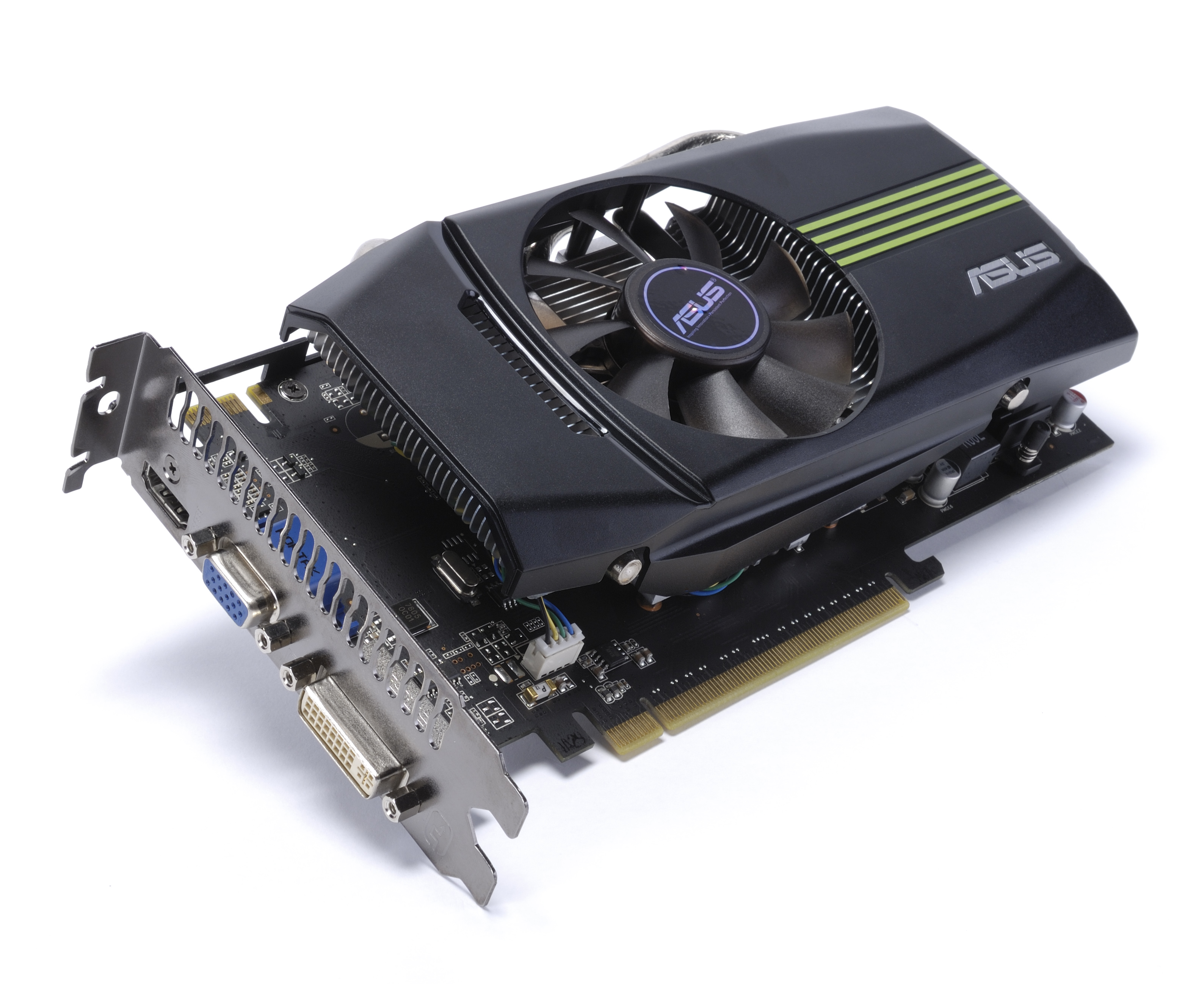Why you can trust TechRadar

Compared with the Radeon HD5770 the stock GTS 450 comes in with an easily comparable specs sheet. Both carry the 1GB GDDR5 running on a similar 128-bit bus.
The clock and memory speeds aren't far apart with the HD 5770 running at 850MHz/1200MHz for the core and memory speeds and Nvidia's latest coming in at 783MHz/1000MHz respectively.
And importantly both are coming in at almost identical prices. The standard GTS 450 hits the same £120 point the HD 5770 has made its home for the best part of a year.
So what do we get with the GTS 450 that we don't with the HD 5770?
Well, an almost brand new GPU architecture for starters. The GF104 began life running the show for the GTX 460 and represents a slimline structure compared to the slightly more bloated chip used in both the GTX 480 and the GTX 470 cards.
The GTS 450 is essentially more of the same, but with another new GPU moniker – the GF106.
This new chip is a bit more than half the chip that hummed away inside the GTX 460; with four streaming multiprocessors (SMs) against the bigger card's seven, there are a full 192 CUDA cores in the GTS 450 versus the 336 cores of the GTX 460.
Sign up for breaking news, reviews, opinion, top tech deals, and more.
It's also got a cut down memory interface too, even more cut down than the chopped 192-bit bus the remedial 768MB GTX 460 housed.
At 128-bit it's obvious that the GTS 450 is going to have its work cut out at the higher resolutions.
We can expect to see this new GPU rolled out to cover the lower end of the Fermi spectrum going forward.
Though I do still hope to see a high-end refresh coming out based on the GF104 chip with the full complement of 512 CUDA cores we were originally promised with the launch of the inaugural Fermi, the GTX 480.
You do also get all the extra GPU gubbins Nvidia has been chewing our ears off about for the last few years. Namely the extras that the CUDA software stack and the PhysX software gives you.
As you drill down into the lower echelons of the graphics card hierarchy though the extra stresses the PhysX pretties put on the GPU makes this additional feature less important.
Current page: Asus GTS 450 TOP - Architecture
Prev Page Asus GTS 450 TOP - Overview Next Page Asus GTS 450 TOP - Benchmarks